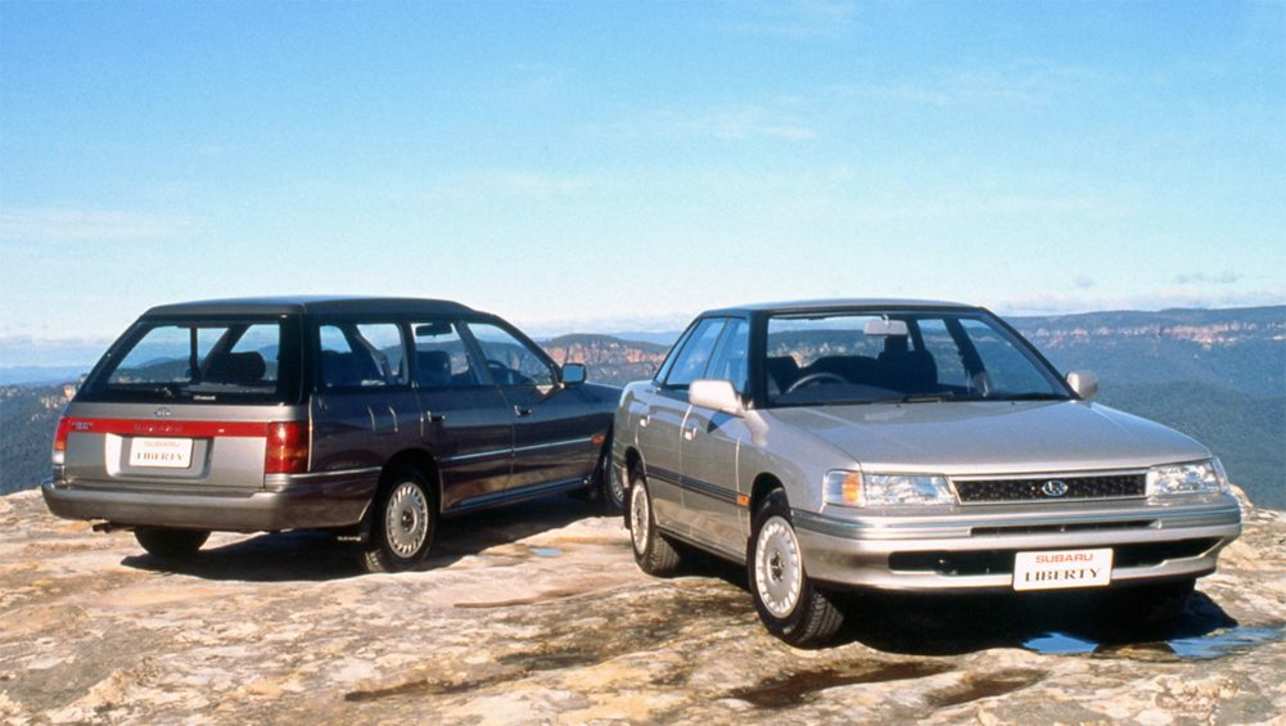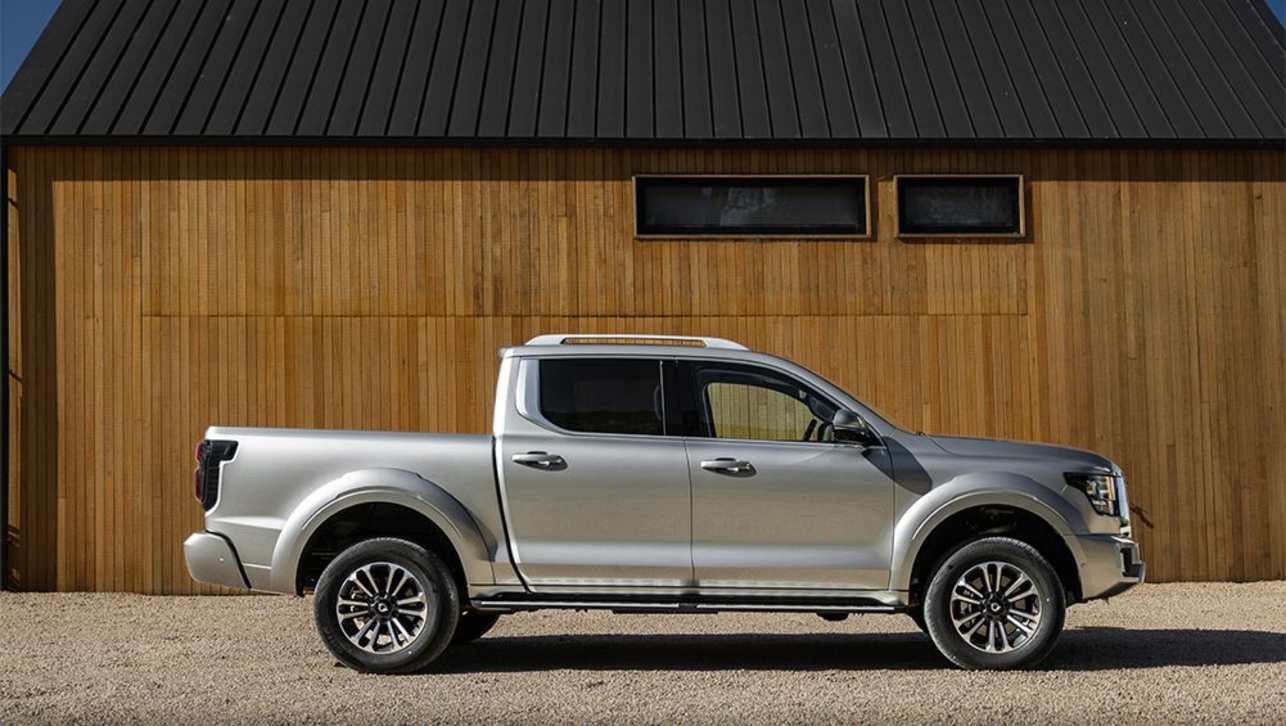Porsche's second-generation Panamera grand-tourer will start its roll out in Australian showrooms from February 25 with the arrival of the turbo-petrol 4S and Turbo variants, whilst the 4S Diesel will join the family during the second quarter.
The mid-range 4S and 4S Diesel are priced from $304,200 before on-roads and $312,100 respectively, whilst the Panamera Turbo performance hero sells from $376,900.
The entry-level, rear-wheel drive, turbocharged V6 Panamera will open the range from $210,000 with a $220,400 all-wheel drive Panamera 4 and $242,600 S E-Hybrid also scheduled for a third quarter local release.
The Panamera range is likely to expand in the future with GTS and Turbo S variants that were previously part of the first-gen line-up, but Porsche is yet to announce any official details.
The Panamera and Panamera 4 feature a retuned 3.0-litre turbocharged V6 that produces 243kW and 450Nm, and offers an official combined fuel economy figure of 7.6 litres per 100km (7.8L for the 4) and 171-173 grams per kilometre of CO2 emissions (175-177g for the 4).
The 4 E-Hybrid integrates this same engine with a 100kW/400Nm electric motor for a combined total output of 340kW/700Nm.
The hybrid set-up reduces fuel consumption to a scant 2.5L/100km, whilst using 15.9kWh/km of electricity and emitting just 56g/km of CO2.
The all-new 2.9-litre twin-turbo V6 petrol engine makes its debut in the 4S, with the Porsche-developed powerplant soon to be shared with other Volkswagen Group products.
The turbos are positioned centrally in between the engine's cylinder banks, with inducted air being directed via a dual-branch layout to each turbocharger and the combustion chambers to improve engine responsiveness, according to Porsche.
Porsche claims the Panamera 4S Diesel is the world's quickest diesel powered sedan yet.
Outputs of 324kW at 5650rpm and 550Nm from 1750-5500rpm, mean the dash from 0-100km/h takes 4.4 seconds – or 4.2s when paired with the Sport Chrono package – on towards a top speed of 289km/h.
Fuel consumption figures for the new 4S bests its predecessor by 1.0 litre, with results of 8.1-8.2L/100km and CO2 emissions rated at 184-186g/km.
Porsche claims the Panamera 4S Diesel is the world's quickest diesel powered sedan yet, with its 4.0-litre twin-turbo V8 producing 310kW between 3500-5000rpm and an 850Nm tidal wave of torque from 1000-3250rpm.
The 4S Diesel hits triple figures in 4.5s and offers a terminal velocity of 285km/h, all whilst sipping 6.7-6.8L/100km and producing 176-178g/km of CO2.
An all-new 4.0-litre twin-turbo V8 makes its debut underneath the bonnet of the flagship Panamera Turbo – which, like the 4S, slots its turbos between the V – developing 404kW from 5750-6000rpm and 770Nm between 1960-4500rpm.
Despite its 1995kg kerb weight, the Turbo despatches the 0-100km/h sprint in only 3.8s with its top speed maxing out at 306km/h.
Although the new engine is 9.5kg lighter than the unit found in the previous Turbo, overall weight remains the same thanks to the addition of new technology and comfort features.
Cylinder deactivation technology also features in the current range-topper, which can reduce its V8 to a four-potter under lighter loads.
This tech enables fuel consumption to drop by as much as 30 per cent when activated, with the combined cycle rated at 9.3-9.4L/100km and 212-214g/km of CO2 emissions.
Porsche's new eight-speed 'PDK' dual-clutch transmission features across the Panamera range and replaces the old seven-speed unit, with no manual option offered anywhere.
The second-gen Panamera has a new aluminium double-wishbone suspension up front, with forged and lightweight hollow-cast aluminium components combining to create an overall lighter system than the original model.
The German manufacturer says improved agility, precision and ride comfort is also thanks to an aluminium multi-link suspension set-up at the rear end.
The Panamera options list includes a rear axle steering system and adaptive air suspension featuring Porsche Active Suspension Management (PASM), as well as Porsche Dynamic Chassis Control Sport (PDCC Sport) with Porsche Torque Vectoring Plus.
The Panamera's interior is highlighted by a 12.3-inch touch display that is powered by the 'Porsche Communication Management' infotainment system with Connect Plus for Apple CarPlay, as well as a 14-speaker Bose surround sound system, digital radio, a 12-volt socket and two USB ports.
A full suite of driver assistance and safety technologies also feature across the range like adaptive cruise control, an active bonnet for pedestrian protection, automated parking with surround view, front and rear parking sensors with cameras, lane change assistant and lane departure warning.
Optional 'Night Vision Assist' tech also uses a thermal imaging camera to detect large animals and people, and then displays a colour-highlighted indicator in the cockpit to warn the driver.
Other standard equipment includes LED dynamic headlights (Matrix LEDs for the Turbo), LED daytime running lights and tail-lights, an interior lighting package, an electric park brake, four-zone automatic climate control, panoramic roof, privacy glass, a particle and pollen filter, auto-dimming rear-view and exterior mirrors, automatic tailgate and a multi-function sports steering wheel with gearshift paddles.
The Panamera, Panamera 4, 4 E-Hybrid, 4S and 4S Diesel come with 19-inch alloy wheels whilst the Turbo receives 20-inch rims.
I think the new shape and new interior design, let alone the prowess of the car itself is certainly going to appeal to a wider audience.
Various options packages and individual options are available like massage function on all four seats, sun blinds, sports exhaust, Sport Chrono Package, brushed aluminium interior and a carbon interior package to name a few.
Porsche Cars Australia sales boss John Murray indicated at the Panamera's Hunter Valley launch last week that the new model is expected to outsell the first-gen version.
"I understand it (the first-gen model) polarised opinion," he said. "I think the new shape and new interior design, let alone the prowess of the car itself is certainly going to appeal to a wider audience."
Fifty nine pre-orders for the Panamera are already on the books, according to Porsche Cars Australia, with the majority of the deposits being for the flagship Turbo.
Previous-gen Panamera sales reached their record high in 2010 – its first full year on sale in Australia – with 109 examples finding homes, but this number dwindled to 42 last year thanks to the original model running out of stock in October.
Mr Murray added that the Panamera is unlikely to become Porsche's non-SUV volume-seller due to the luxury large passenger vehicle segment being so small in Australia.



.jpg)



.jpg)



.jpg)
.jpg)
.jpg)
.jpg)
.jpg)
.jpg)
.jpg)
.jpg)
.jpg)
.jpg)
.jpg)
.jpg)
.jpg)


.jpg)

.jpg)
.jpg)

.jpg)
.jpg)
.jpg)

.jpg)
.jpg)

.jpg)


Comments